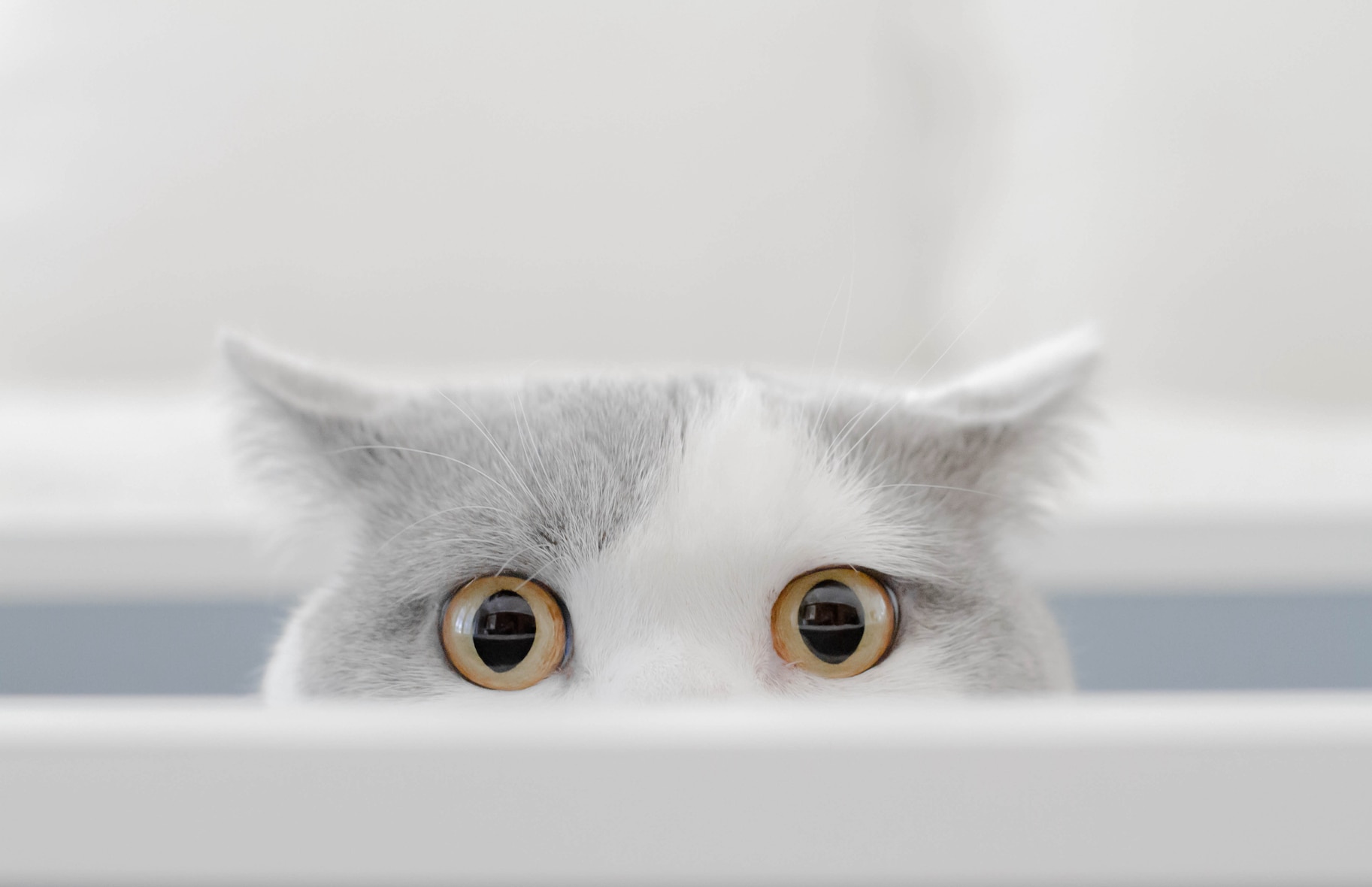Create a free profile to get unlimited access to exclusive videos, sweepstakes, and more!
Your cat likely knows when you’re talking to them, they just pretend not to care
Just cute little jerks.

In Dr. Seuss’s classic The Cat in the Hat, two children encounter chaos incarnate in the form of an anthropomorphic cat. It’s a fairly reasonable interpretation of a cat with human-level intelligence and one which was repeated in movies, stage plays, and television shows. If you’re in the mood to get moderately spooky, it’s the perfect time of year for The Cat in the Hat Knows a Lot About Halloween, now streaming on Peacock.
The Cat in the Hat might know a lot about Halloween, and a lot about chaos, but your ordinary house cat knows more than they’re letting on, according to a recent study published in the journal Animal Cognition.
Previous studies showed that dogs know the difference between speech directed at them and speech directed at someone else, but little was known about cats. Our feline companions certainly don’t give us the same sort of behavioral cues that dogs do, letting us know that they’re listening. Oftentimes they seem to be completely ambivalent, if not antagonistic, to our presence.
The study, carried out by scientists from the Université Paris Nanterre in partnership with EthoCat-Cat Behavior Research and Consulting, investigated the behavior of 16 cats when presented with different types of audio stimuli. Researchers had two primary goals: to see if cats can discriminate between the voices of their owners from those of strangers, and finding out if the way we talk makes a difference to the way cats react. In short, they wanted to know if cats recognize when their owners talk to them.
People often talk to their pets with the same speech patterns and tone of voice we usually reserve for small children. The speech patterns we use during what’s commonly known as “baby talk” are different to the ways we speak to other adults, and the study suggests our pets can tell the difference.
Researchers pre-recorded each cat’s owner speaking to them in their usual baby talk, what’s known as cat-directed speech. During these recordings the speech included calling the cat by name. Owners recorded a second batch of audio in which they spoke normally, as they would to other humans. That’s known as adult-directed speech. Finally, researchers asked strangers to record the same types of audio, including calling the cats by name. Then they played all of these recordings for the cats and watched how they behaved.
After each round of audio, scientists watched for specific behaviors including ear movements, pupil dilation, tail movement, and how much the cats moved around the environment. Who’d have thought you could get real scientific data from measuring the intensity of an animal’s zoomies?
When playing audio from strangers using cat-directed speech, 10 of the cats showed a decrease in those behaviors, even when they were called by name. However, when the audio was changed to the voices of their owners, behavior intensity increased. Cats turned their ears toward the speakers, dilated their pupils, and moved around the room much more.
In a second set of experiments, audio was played only from the owners, either using cat-directed speech or adult-directed speech. Researchers saw a similar increase and decrease in behavior depending on the type of speech used. When the experiment was repeated with audio from strangers using cat-directed or adult-directed speech, no change in behavior was observed.
The two experiments, taken together, seem to suggest that both criteria are needed. When cats hear speech from people they don’t know, or speech from their owner that doesn’t sound like it’s directed toward them, they can’t be bothered. But when a familiar person uses cat-directed language, they take notice. All of which confirms what we already knew in our secret hearts. Every time we talk to our cats, they hear us, they simply pretend not to care. We wouldn’t have those little murder machines any other way.


























